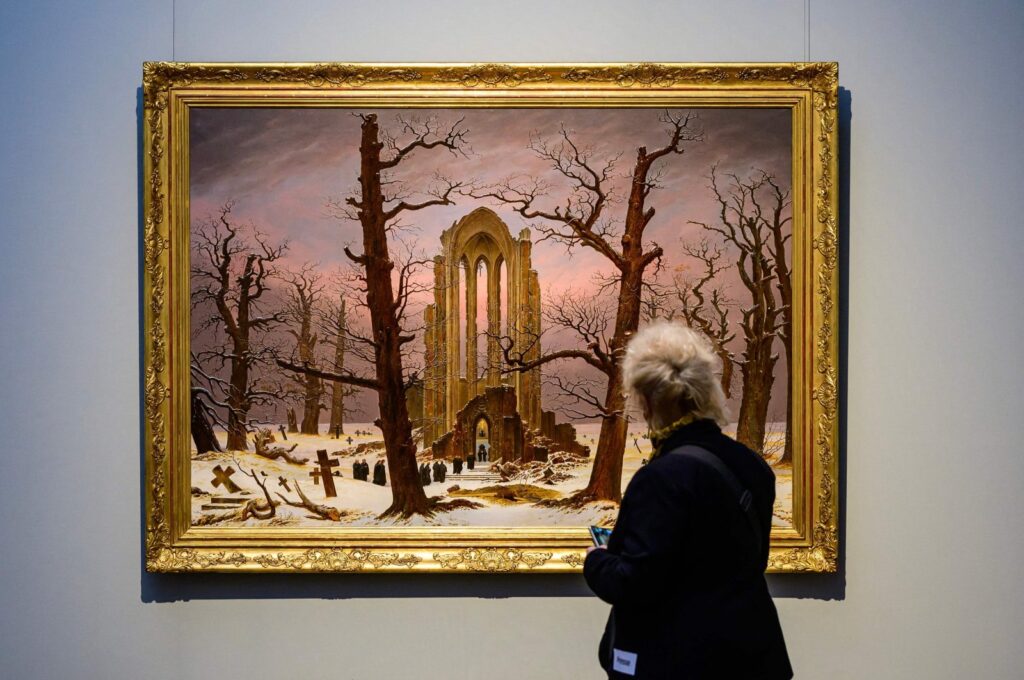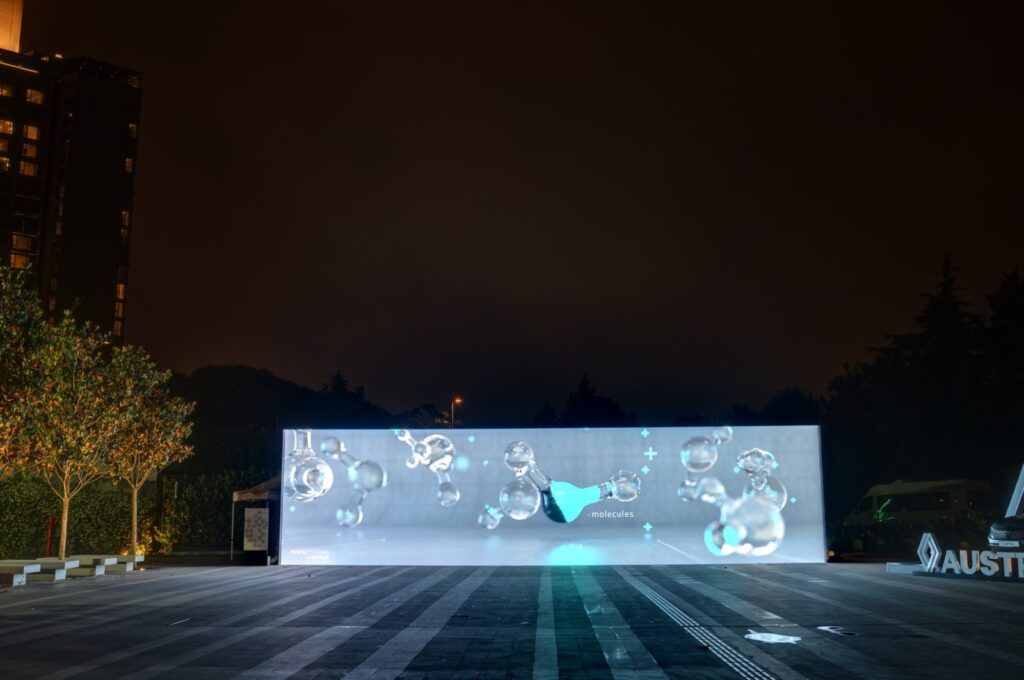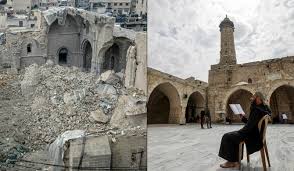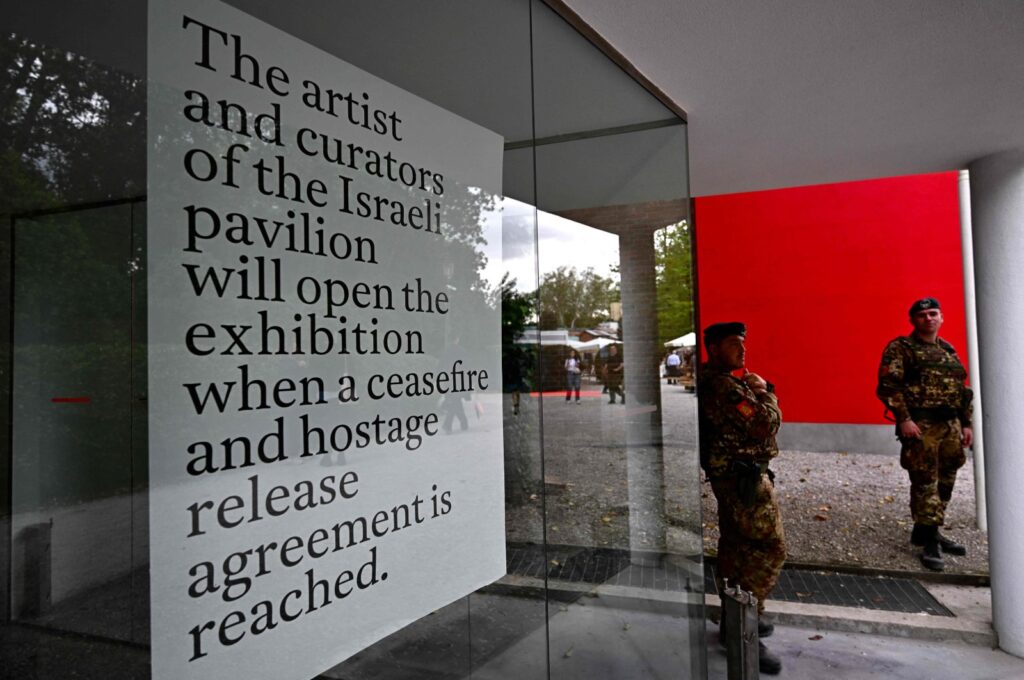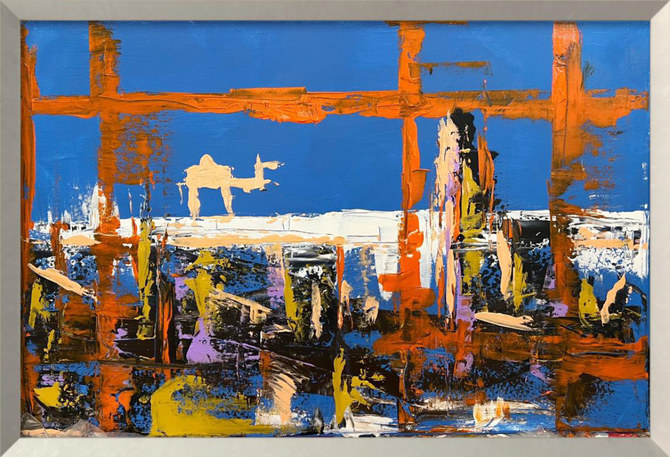
Dilek Yalçın
ISTANBUL: Leonardo da Vinci was an anatomist, an architect, an inventor, a musician and last but not least, a passionate cook in the kitchen, clear from his own words ‘I am a chef first and then an artist’
Did you know that Leonardo da Vinci was a chef before mastering the arts? The polymath of the Italian Renaissance, the genius, started his professional life not in a studio but as a kitchen boy.
Da Vinci was born in Tuscany (now Italy), in 1452, close to the town of Vinci which provided the surname we associate with him today. His father was an attorney and notary who never married Leonardo’s peasant mother. Leonardo was an illegitimate child and the only child his parents had together. However, his parents had a total of 17 children from different partners who were Leonardo’s half-siblings.
Although Leonardo did not have a close relationship with his father, he was the first to discover his son’s artistic talent and culinary passion. Leonardo received little formal education beyond basic reading, writing and mathematics, but when he was 15, his father enrolled him as an apprentice to the noted sculptor and painter Andrea del Verrocchio of Florence. For about a decade, da Vinci refined his painting and sculpting techniques and trained in mechanical arts in Verrocchio’s studio.
Coinciding with his artistic career, young Leonardo was spending his time in restaurants’ kitchens as he was very interested in the culinary world and making up new dishes. The kitchen for him was just another field where he could satisfy his curiosity and ceaseless drive to create.
When he was 20, Leonardo was hired as a waiter in Le Tre Lumache (The Three Snails) inn in Florence and after a short time, he was promoted to head chef. Just like a contemporary top chef, he created his very own sophisticated plating and cooking techniques, serving artistically presented small portions of food. The aesthetic details at first charmed the Florentines, but the small portions, unfamiliar aromas and level of sophistication were too extreme for them. The average consumer in the late Middle Ages was unable to understand the complexity of the dishes the multi-talented young chef prepared for them.
Leonardo was harsh on his kitchen staff too, forcing them to create sometimes the impossible. However, when it came to himself, nothing was impossible. The high volume of complaints coming from the customers and the kitchen crew lead to Leonardo quickly getting sacked. After a short period, Leonardo and his artist friend Sandro Botticelli started their own restaurant in the center of Florence, named Le Tre Rane (The Three Frogs). Leonardo and his business partner did their best to demonstrate their appetite and taste in culinary arts, but society was still not ready to appreciate their unusual dishes. No matter how beautifully they were decorated and how delicious they were, Botticelli and da Vinci could not avoid driving The Three Frogs to bankruptcy.
Leonardo then returned to the maestro Verrocchio’s studio and dived into mastering arts and inventions.
Despite his brief and unsuccessful chef career, his love for the kitchen and food was reflected in his art and scientific endeavors for the rest of his life. In one of his most famous notebooks, the Codex Atlanticus, we find drawings of some truly innovative inventions related to the kitchen, including the forefathers of the pepper mill, egg slicer, garlic press and corkscrew.
Fun fact one, da Vinci the great was also the inventor of spaghetti, which was not very well-received by Italians at the time it was created. Pasta, which is the national dish of Italians, has existed in Italy since before we can remember, however, it was a hard and very broad substance, like a heavy lump of lasagna. Leonardo changed the shape of the pasta, making a machine that cut it into long thin strips, which after boiling turned into spaghetti, or, as the master himself called them, spago mangiabile (edible ropes).
Another fun fact has to do with the origins of the napkin. Most art researchers claim the napkin first appeared in da Vinci’s famous masterpiece “Ultima Cena” (The Last Supper). He included a small table cloth in front of each diner to clean their mouth and hands with in the painting which is recognized as the first napkin in the history of art.
Leonardo was very particular when it came to table manners and dress codes, too. His notebooks include some basic rules of table etiquette: a list of suggestions of how to behave at the dining table some of which are still valid in today’s modern world.
Here is Leonardo da Vinci’s code of etiquette that aimed to bring sophistication and elegance to the joy of gastronomy in his time:
- Don’t put your feet on the table.
- Don’t sit too close to other diners or sit on the table; don’t lean your back on the table.
- Don’t put your head on your plate.
- Don’t take food from the person next to you without having first asked their permission.
- Don’t put chewed food on the plate of the person next to you.
- Don’t clean your armor at the table.
- Don’t hide food in your bag or boots so that you can eat it later.
- Don’t scratch the table with your knife.
- Don’t put half-eaten fruit in the fruit basket.
- Don’t lick the person next to you.
- Don’t pick your nose.
- Don’t pull your face.
- Don’t spit in front or next to you.
- Leave the table if you need to urinate or vomit.
Inevitably, Leonardo’s favorite food is an object of curiosity. Considering his love for all beings, animals, humans and nature, and taking into consideration his notes and shopping lists, he is accepted by historians as a vegetarian. When courting royalty and religious patrons at their castles and affairs, da Vinci would dine on green salads, vegetables, bread, mushrooms, grains and pasta. His personal favorite was chickpea soup which he liked served hot. Also, he would have plenty of delicious breads to spread with soft cheese, fresh butter and figs. He ate and used a lot of spinach, mushrooms and wine.
Michael White, historian and da Vinci author, in his book “The First Scientist” (2000) claims Leonardo’s vegetarianism was influenced by Eastern cultures along with his love for all living beings, “Indeed, Leonardo was greatly influenced by travelers he met in Florence and Milan, and he was fascinated with all things linked to Eastern culture. He probably learned vegetarianism from such sources and he was almost certain to have stumbled upon recipes from the Far East handed to him by peripatetic painters and philosophers who crossed his path.”
It would not be strange to finish my article with one of Leonardo’s recipes which some hotels and restaurants still put on their menu as “Leonardo’s special.”
My pick from the great chef’s recipes is “Fried Figs and Beans.”
If you want to know what it feels like to eat like the great chef and maestro Leonardo da Vinci, it is worth giving it a try.
Ingredients
1 cup of kidney beans
1 cup sun-dried figs
1 medium onion, chopped
Sage
Garlic
Kitchen herbs (basil, thyme, rosemary)
Salt and pepper to taste
2 tablespoons parsley, chopped fine
Instruction
Combine the cooked beans, onions, figs, sage, garlic and other kitchen herbs into a greased frying pan. Fry well in the oil and serve with aromatic herbs.
Buon appetito!
Courtesy: Dailysabah
The post Leonardo da Vinci: Maestro in studio, chef in kitchen appeared first on The Frontier Post.




